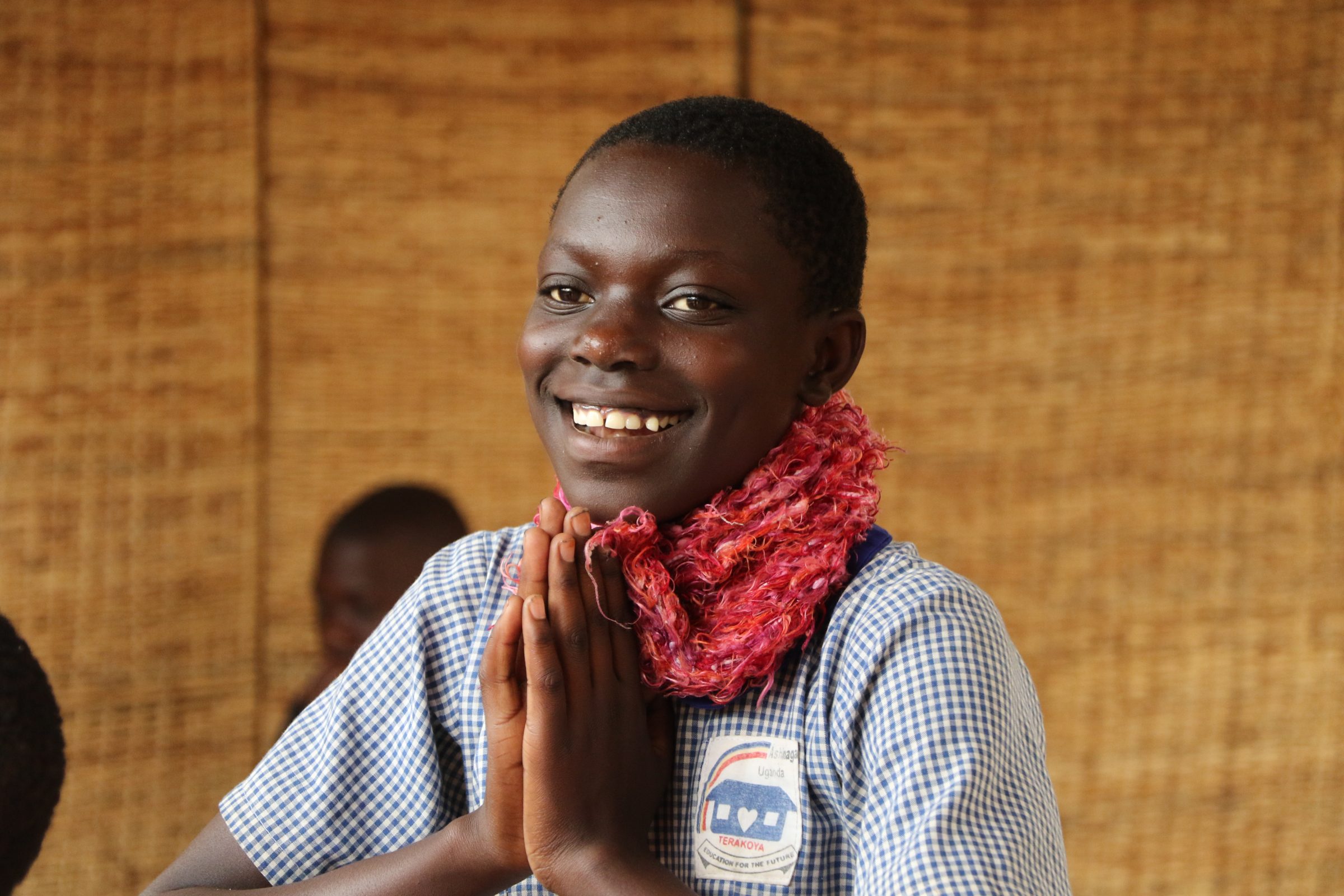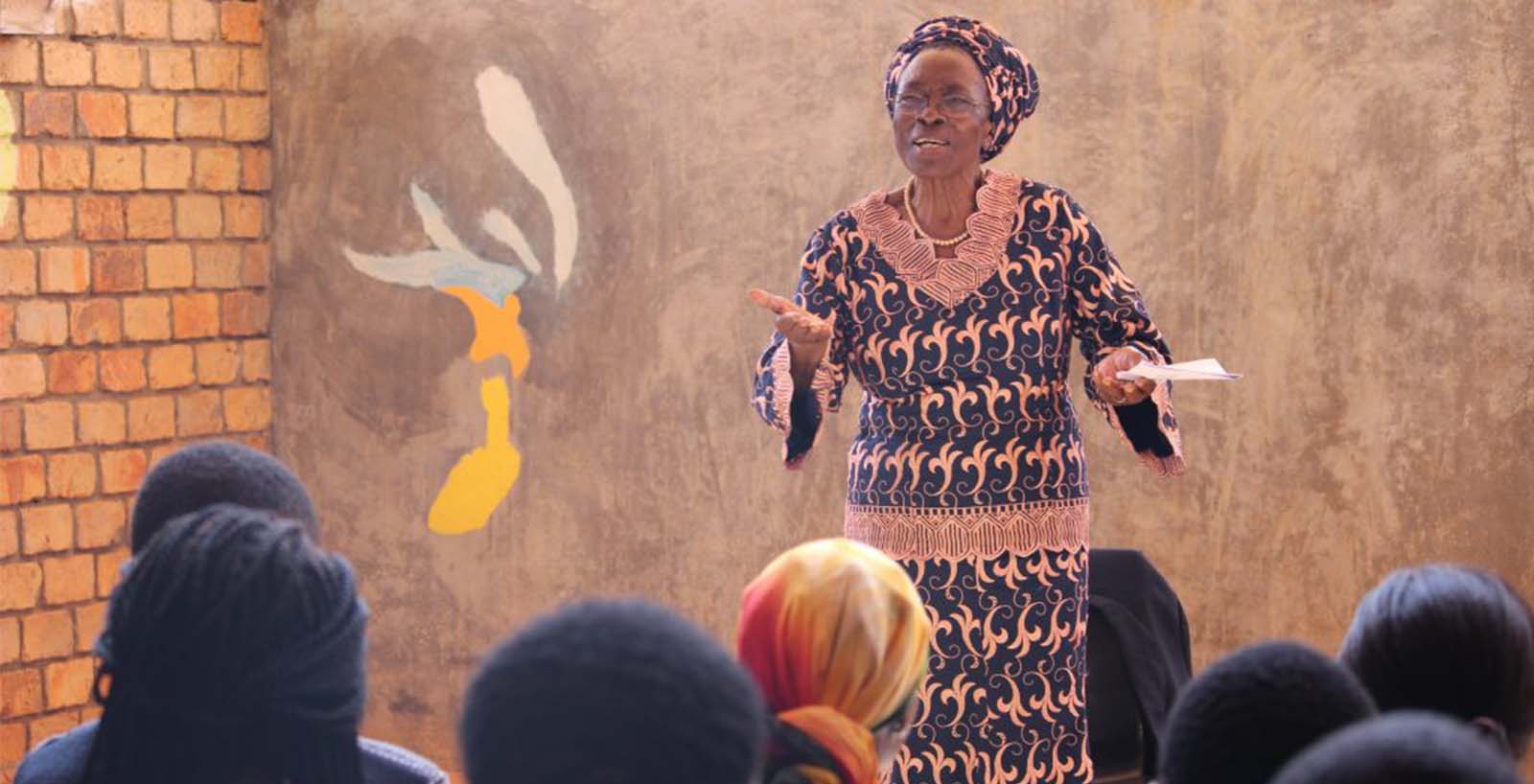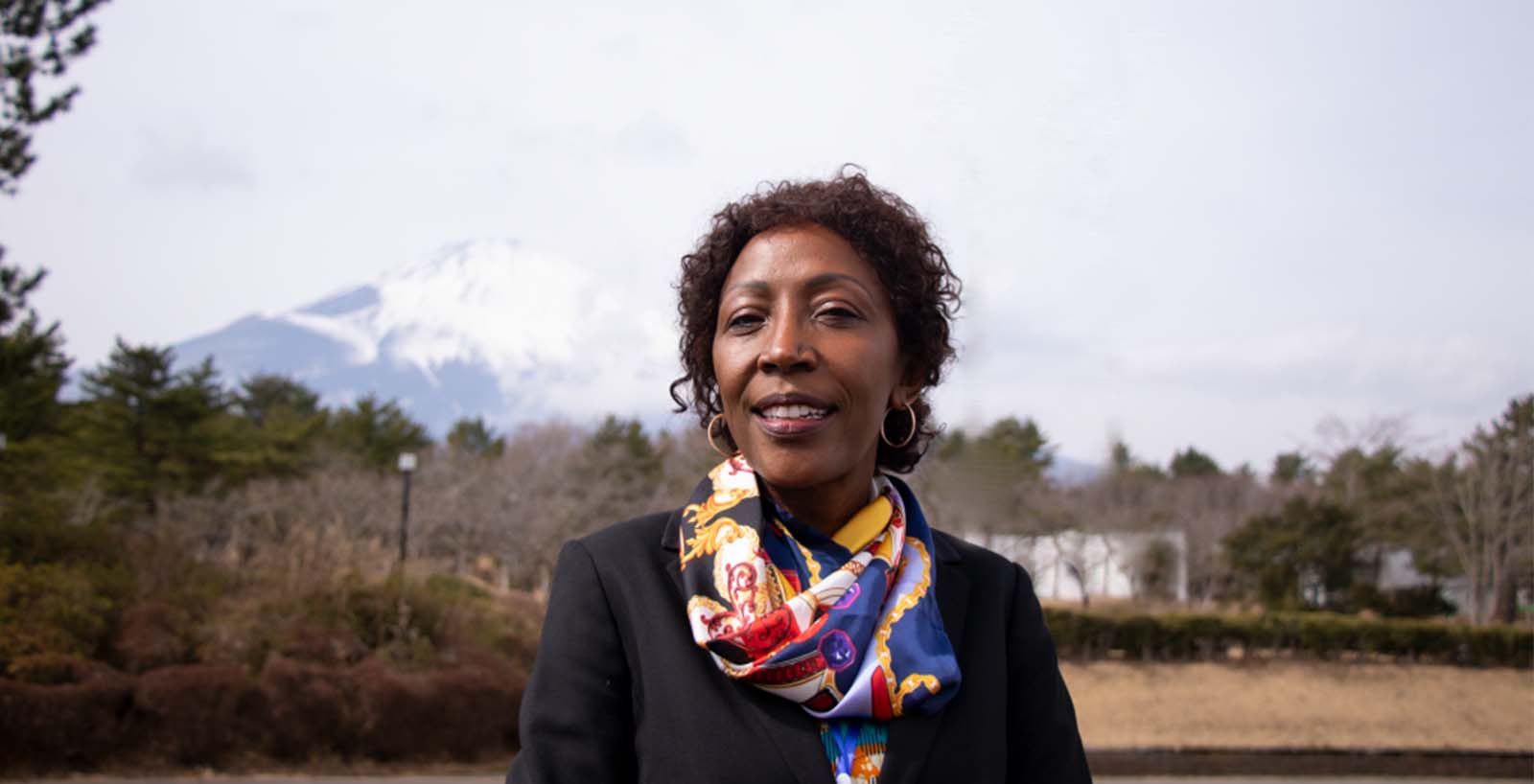Ashinaga holds 3rd Kenjin-Tatsujin General Meeting
The Third General Meeting of the Kenjin-Tatsujin International Advisory Council was held in Kyoto from 1st – 3rd March. The Kenjin-Tatsujin International Advisory Council functions as an intellectual resource and support mechanism for the Ashinaga Africa Initiative (AAI) and council members are highly eminent and accomplished figures in their respective fields. The Third General Meeting saw 42 council members from 25 different countries attend, as well as ambassadors of African countries, and other special guests. This year there were 18 council members from African countries in attendance, more than any previous meeting.
During the conference, Ashinaga announced its intention to build an educational facility for AAI students in Kyoto named Kokorozashi Juku. The Kenjin-Tatsujin Council discussed the plan during the conference and approved it with some amendments in the form of the Kyoto Declaration. The plan was officially announced at a press conference held on 2nd March with Louis Schweitzer, Chair of the Kenjin-Tatsujin International Advisory Council, Juichi Yamagiwa, President of Kyoto University, Daisaku Kadokawa, Mayor of Kyoto, and Yoshiomi Tamai, President of Ashinaga. President Yamagiwa and Mayor Kadokawa offered their full support for the Kokorozashi Juku project.
Mayor Kadokawa said: “150 years ago, Kyoto lost its status as the capital city of Japan that it had held previously for 1000 years, and the population declined significantly. During this time of crisis, when it looked like the city itself may cease to exist, the people of Kyoto decided to build an elementary school. The idea was that if they could raise children well, then the future would be bright. After that they built Japan’s first art college, then an industrial high school, and eventually succeeded in bringing what would become Kyoto University to the city. Because of those efforts, Kyoto now exists in its current form. Kyoto is a university city as well as a city of learning and as mayor I respect Mr. Tamai’s bold decision to build a hub for the AAI students here. I hope that we can work together with the related parties and be useful to the completion of the project.”
President of Kyoto University Juichi Yamagiwa added “Kyoto University is now in its 60th year since starting research activities into the African continent. It began in 1958 when Kinji Imanishi left to study gorillas and I followed in his footstep. Since then, I have been travelling to and from Africa for 40 years. Kyoto University has an Africa Regional Research Department and we have had many African students over the years. We also send many young students and researchers to
Africa to study the different countries’ culture and nature. I have the confidence to say that we are surely developing the largest-scale African research in Japan. When I heard that Mr. Tamai wanted to bring orphaned African students to study in Kyoto and provide them with education so that they become bridges between Japan and Africa, I was eager that Kyoto University also take part. I think that it will provide a big opportunity for international exchange. I have high hopes for this initiative.”
Upon hearing these two offers of support, Kenjin-Tatsujin council Chair Louis Schweitzer said “Kyoto is an historic city with many educational institutions. We will bring top teaching staff to Kyoto to provide top quality education to our AAI students. We also hope to deepen our exchange with Kyoto. I would like to thank the Mayor of Kyoto and the President of Kyoto university for their support.” President of Ashinaga Mr. Yoshiomi Tamai said “The African continent will be very important for the future of Japan. We will work hard to make this project a reality.”
Stay up to date with further news about the Kokorozashi Juku here on the Ashinaga homepage!















